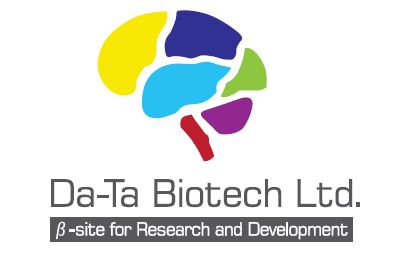Highlights
•High TMB correlates with efficacy of PD-1 plus CTLA-4 blockade in NSCLC
•TMB and PD-L1 are independent variables
•In multivariate analysis, TMB associated most strongly with efficacy
Summary
Combination immune checkpoint blockade has demonstrated promising benefit in lung cancer, but predictors of response to combination therapy are unknown. Using whole-exome sequencing to examine non-small-cell lung cancer (NSCLC) treated with PD-1 plus CTLA-4 blockade, we found that high tumor mutation burden (TMB) predicted improved objective response, durable benefit, and progression-free survival. TMB was independent of PD-L1 expression and the strongest feature associated with efficacy in multivariable analysis. The low response rate in TMB low NSCLCs demonstrates that combination immunotherapy does not overcome the negative predictive impact of low TMB. This study demonstrates the association between TMB and benefit to combination immunotherapy in NSCLC. TMB should be incorporated in future trials examining PD-(L)1 with CTLA-4 blockade in NSCLC
Significance
Our study examines the molecular features associated with response in patients with NSCLC treated with the combination of PD-1 plus CTLA-4 blockade. Contrary to our initial hypothesis, tumor mutation burden is the strongest feature associated with benefit. Combination immunotherapy may be particularly effective in those with high TMB but is insufficient to overcome the negative predictive impact of low mutation burden. This report highlights the critical importance of tumor mutation burden as a predictive marker and provides insight into the determinants of response in those treated with combination immune checkpoint blockade therapy.







